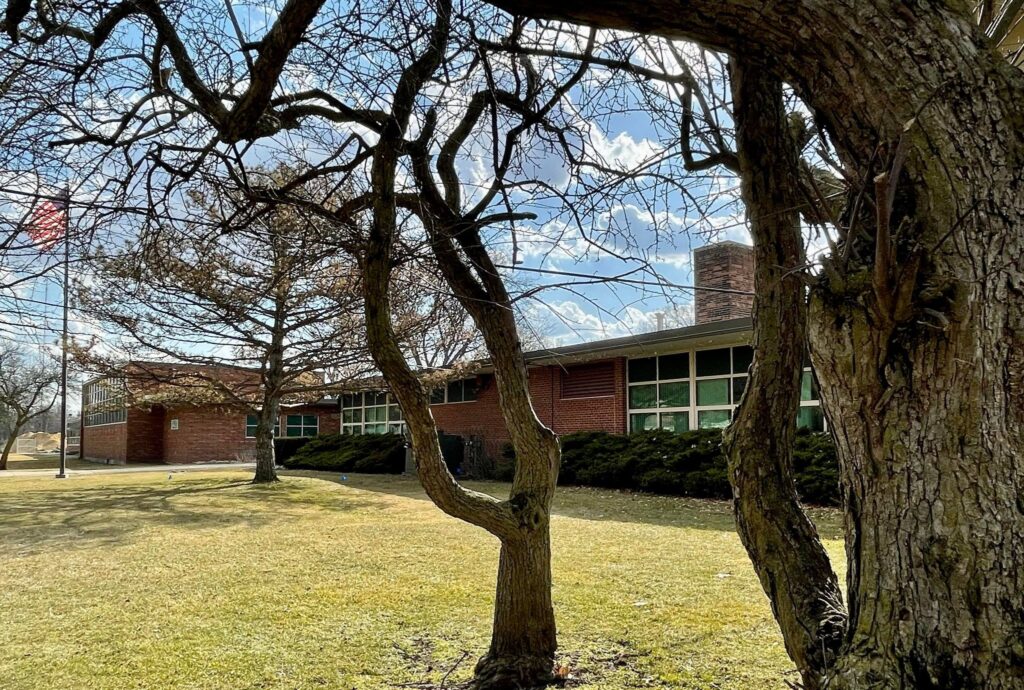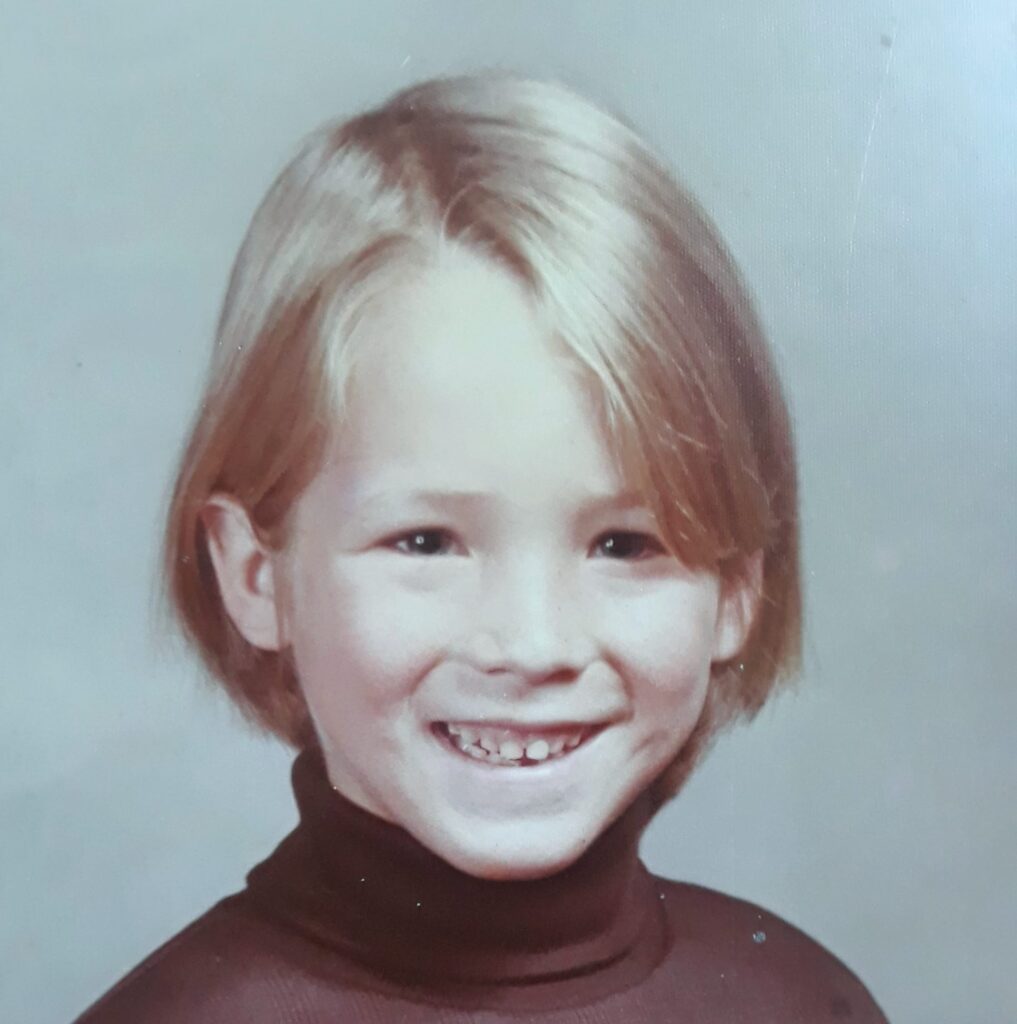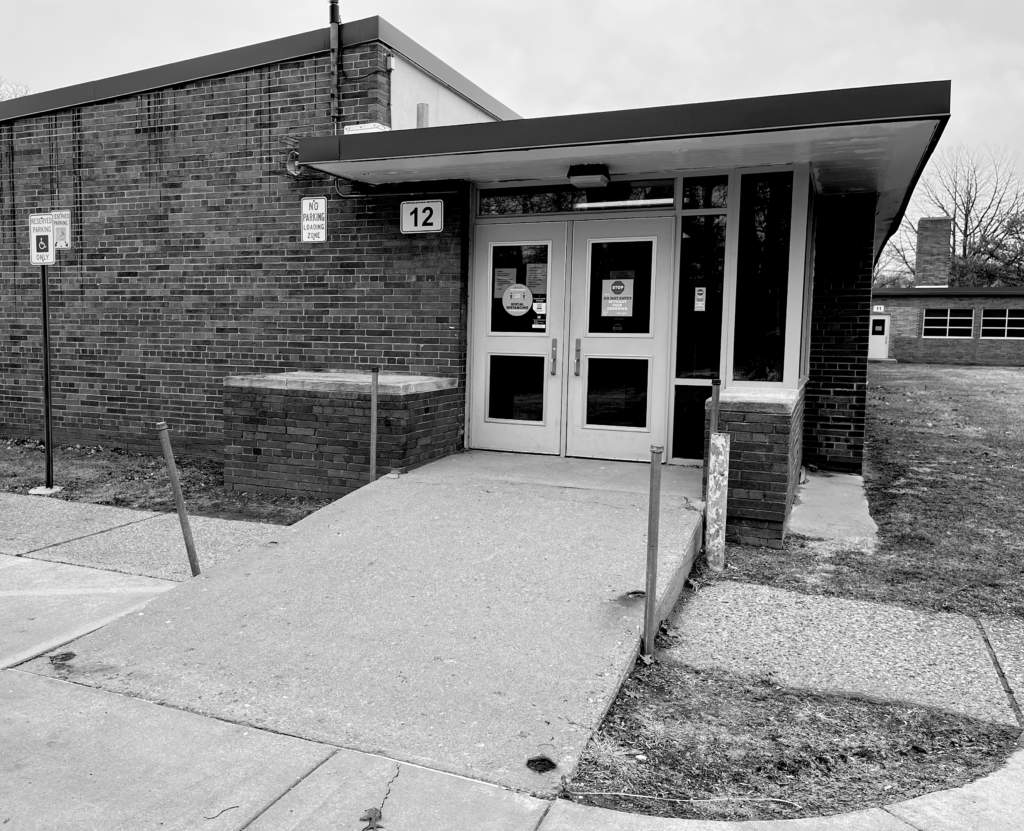When I was a kid at Jackson Elementary School in Oak Park, Michigan, my brain had developed in step with typical cognitive and social skills, at least according to the American Psychological Association (APA) website.
Between the ages of 6 and 10, they say, I was “able to understand the viewpoints of others.” And I was “aware that others can have different thoughts.”
I have a distinct visual memory of a schoolmate that lasts maybe two seconds, and yet for the 47 years since, under the broad roof of that brief moment has slept a host of slowly growing awarenesses: moral suggestions, emotional connections, social and political implications, and missed opportunities. The more years that pass since then, the greater my understanding expands on what it meant, and what it means now.
It’s true with every memory. The few seconds that our mind’s eye captures the visual memory of an event may last 47 years or more, but that remembered visual image is often the least significant part of what matters.
The brief memory stands rather as a thumbnail of what was really happening, particularly if those moments took place when we understood so little, as was the case for me in 1975.
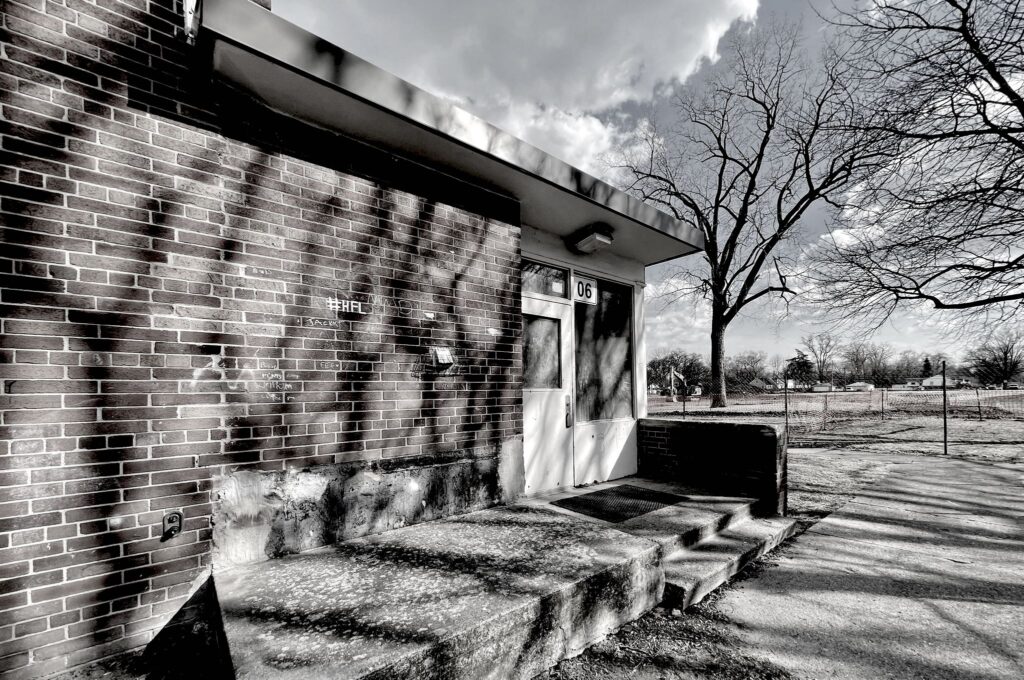
That is, what happened behind Wing 4 of Andrew Jackson Elementary School has less to do with what I visually saw in that moment, and everything to do with what it represented–and has come to represent.
I was alone, recess had just started, and I was going to the usual spot to meet other kids for the daily game of “catch John and Mike.” On my left was an enormous playground with dozens of great oak trees. All the usual structures stood with their time-worn solid steel: an 8-seat swing set, a tall slide with a hump in the middle, and a merry-go-round that was so heavy it took three or four of us little ones toiling in concert with each other in order to really get it going.
At the back of Wing 4 was the spot where someone had spray-painted a strike zone a hundred times and the school finally stopped trying to pressure-wash it off.

It was the spot where Diane, the black girl one year older, walked past me with two Lofstrand crutches, two bent legs, a crooked body, and a big white-toothed smile.
I looked up, met eyes with her, and she was already smiling. Her eyes were smiling, too. Her eyes knew, understood, and if it had occurred to me, we could have talked about Christmas or art class or mean old Mrs. DiBoye.
It hadn’t occur to me. Instead, my thoughts froze.
I know I had seen her around the school occasionally, but that was the first time we had made eye contact in close proximity. She, along with other children of all ages with disabilities, went to separate classrooms in Wing 2. Wings 1, 3, and 4 were for normally developing kids.
No conversation ensued, but I was aware that she knew. I could see it in her eyes. She knew kindness and humor. She knew language and meaning and subtlety. We could have talked like normally-developing kids because we were both normally-developing kids, one of whom happened to have a serious physical disability.
“Becomes able to understand the viewpoints of others.”
American Psychological Association
My two-second visual memory remembers Diane’s inviting eyes and dazzling smile. My retrospective, 47-year cumulative memory remembers myself unable to respond, with the burden of ancient history and dysfunctional social systems squeezing the basic sense out of me like a fat python around a small pig.
My parents fostered the skill of paying attention to my surroundings, sure, but I was struck paralyzed and my 6 to 10 year-old brain couldn’t process what to do with Diane’s normally developing social awareness. So, I walked past her without a word or a smile.

That night I had a dream, and Diane was in it. I’m sure I was trying to better understand the morning’s two-second event with her.
In the dream, I was walking toward Oak Park Park, a huge public space with two baseball fields, an ice rink, a significant wooded area, a full-sized pool, concession stands, and several playgrounds. I had played little league baseball and flag football there, so it’s no surprise that that was my direction in the dream, but it was over a mile away, so in reality, we rarely walked.
As I got closer, now in front of an abstracted version of the Oak Park police station, I saw a stairway that went into the ground. No signs, no railings, no apparent reason, but it did have the same carpet as my home; older and worn olive green shag carpet consistent with the times and the income of our household.
I walked down to the bottom of the stairwell to find two doorways without doors. They were immediately dark, the sunlight from above not seeping in more than a foot or two into the openings. I had no idea where they led, but I did know that one led to goodness and the other to evil. I had the inexplicable understanding that I had to choose one, enter, and my fate would be determined. It was the right choice or it was wrong, and that was that.
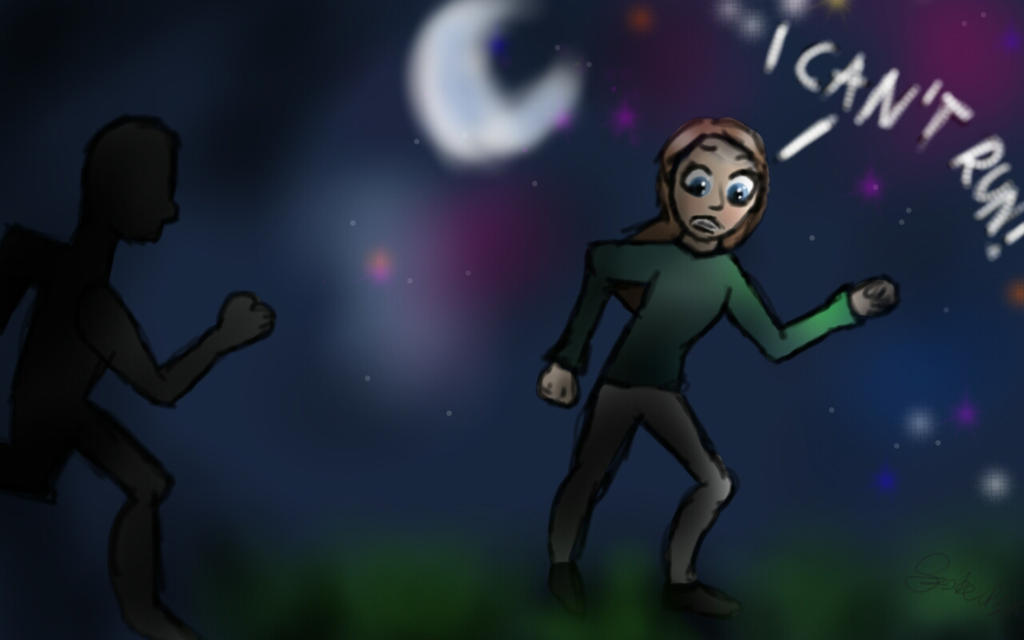
Before I made the decision, Diane came out of the left door. I don’t remember seeing her clearly, like I had that morning, but I knew it was her. I quickly deduced that she came out of the evil doorway, so I turned around, and tried to run back up the stairs to safety. The old dream cliche of my feet feeling like they were made of lead had deadened my legs, and I couldn’t escape. I made it possibly three stairs, dreading that Diane would catch me. And then I awoke with a start.
The two seconds of Diane walking past me 47 years ago is permanently animated in my memory. In scattered fragments of blurry remembrances, she went in and out of Wing 2 and spent her recess on that side of the chain-link fence, away from the children I played with. And one night, she chased me up the olive green carpeted stairs, presumably intending to drag me back through door #1, back to my evil fate. That, too, is illuminated.
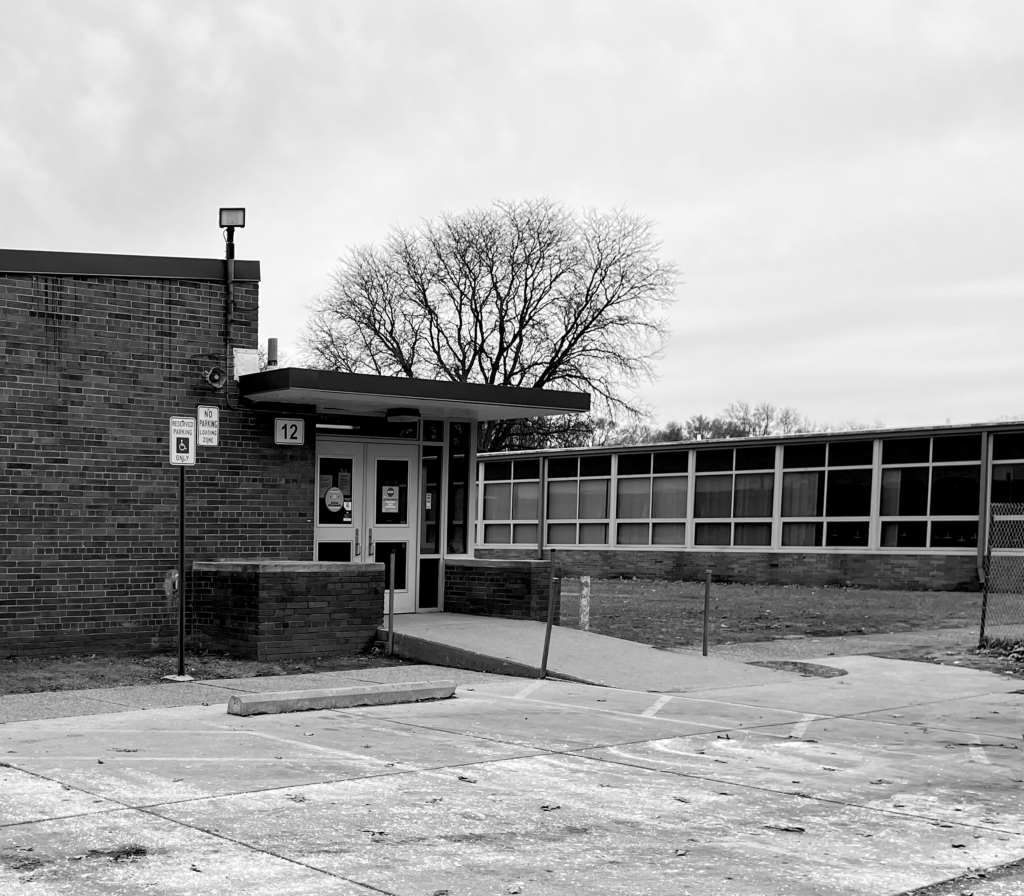
Those are my visual images.
But why would I dream about Diane symbolizing evil when I just had my first authentic exchange with her, however brief?
Like my inability to be fully aware of her discerning eyes in that moment, I couldn’t do what the APA also said I could: “focus on several aspects of a problem.”
And it was a problem.
By adults.
On the one hand, I accepted without question that the authorities at our school isolated Diane and other non-typically developing children because they were so unlike the rest of us. I could see they were in wheel chairs, permanently used Lofstrand crutches, and otherwise looked different from me.
At the same time, me and some of my friends would “act retarded.” “Let’s act retarded,” we would say, and then we did. In 1975, that word was normal and accepted language, and, importantly, it was all-encompassing:
It meant that those kids administratively socked away in Wing 2 may or may not have had a physical disability, but it was also a foregone conclusion that they couldn’t think very well. Diane included.
That’s where my confusion lied.
I had never met the students in Wing 2, so I was in the dark about, well, anything regarding their abilities or disabilities. The all-encompassing label–retarded–cemented the illusion that, ultimately, they were all the same: unaware of silly humor, spontaneous play, amazement, fun, music, joy, fairness, and above all, the simple understanding of words and gestures and emotions, let alone ideas. Let alone the idea that we could have been friends.
They were truly “other” people, and yet Diane saw me and she knew.
I knew she knew because, on the other hand, my parents taught me and my siblings to be conscientious. And, being a generally friendly boy, it was clear to me that what I saw in Diane’s face in those two seconds meant that we could have at least been friendly. She was like all the kids I knew on this side of the chain-link fence.
Had Diane and the others been included in our classrooms, she would have been no different than any of my classmates.
I didn’t know it then; I have come to know it now. With new accumulating knowledge, my memory has changed what happened during those two seconds, but at that time, there were too many conflicting and unknown variables.
Unfortunately, outside of those two seconds of eye contact, Diane had no chance of being my friend. I simply could not grasp the moment, and so, I had no chance of being her friend. I wasn’t “better able to empathize with other people and accept the idea of giving special consideration to those in greater need,” despite the findings of the American Psychological Association.
Every system in our 1975 Oak Park community made sure of it:
The chain-link fence was built to isolate her and to free me.
The policies of exclusion were deliberately constructed by old-world educators of that century.
The physical separation of their classrooms was well-signed.
The entertainment culture rarely integrated “others” into so-called normal society.
My friends and I thought it was normal to mimic and mock Diane and her peers.
All of it. All of it eclipses our two seconds of eye contact. Empathy and “special consideration” didn’t stand a chance.
Nothing can be done about the overwhelming and tragic reality of our systems during that time, but I can remember the Diane behind Wing 4 at the beginning of recess that one day. I remember her wide smile, her energetic body language, her kindness, and the welcoming gaze in her eyes.
Had there not been a canyon between us carefully assembled by all of the adults in that school, that district, and indeed, in mostly all public schools across America, I might have had hours, days, weeks, or possibly years of memories with Diane.
Forty-seven years later, I will have to settle for those two seconds.
Written April 17, 2022

